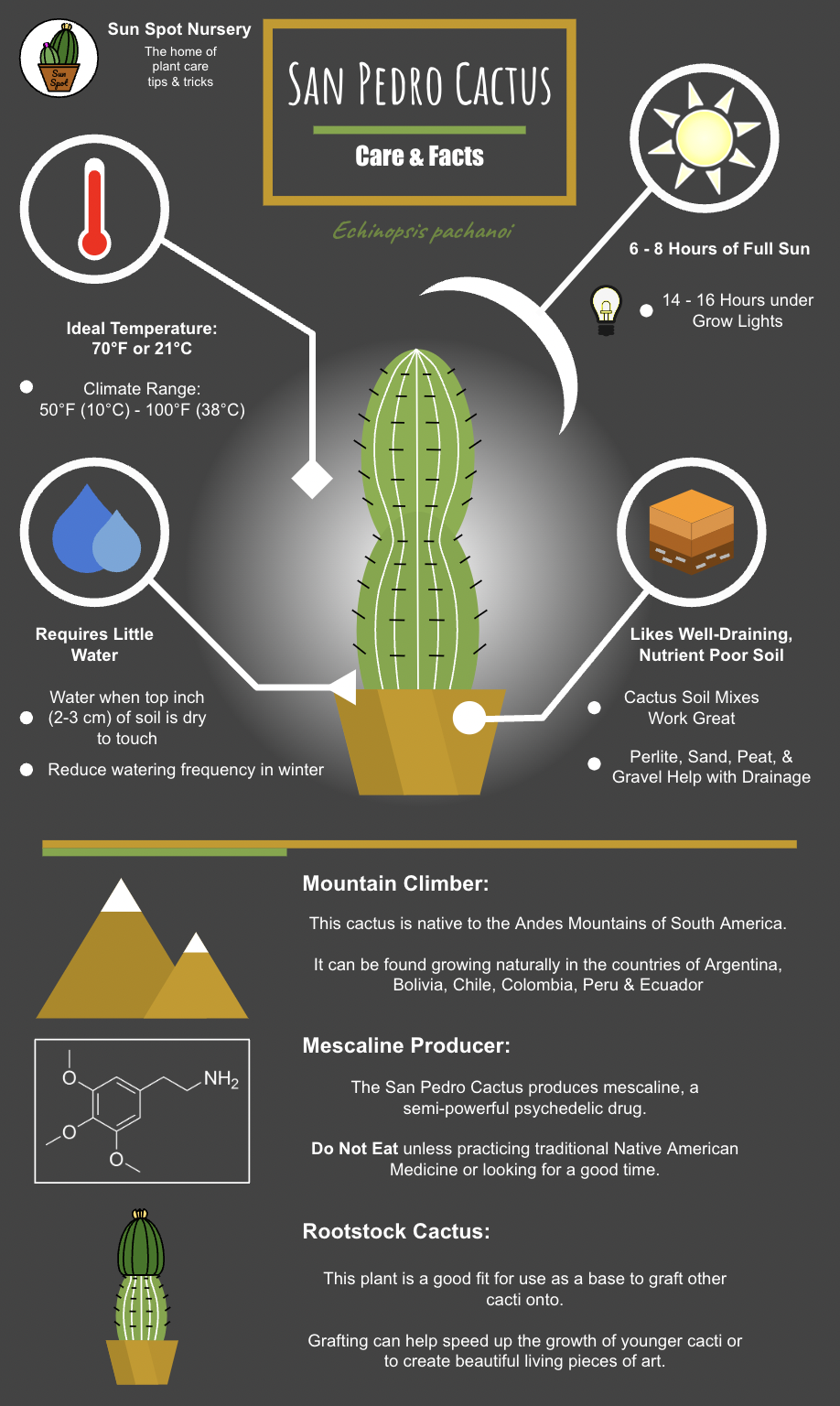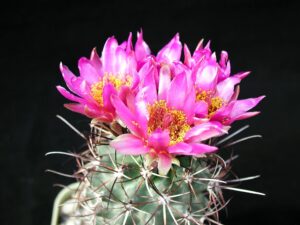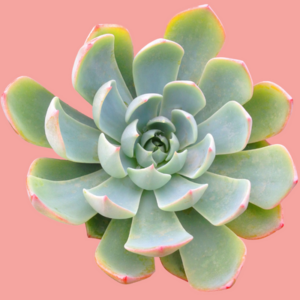The San Pedro cactus, scientifically known as Echinopsis pachanoi, is a remarkable plant indigenous to the Andes Mountains of Ecuador and Peru. Known for its tall, columnar shape and stunning flowers, this cactus not only serves as an aesthetic addition to your plant collection but also carries cultural significance and traditional medicinal uses. Growing and maintaining a San Pedro cactus can be fulfilling, but it poses a playful question: Are you ready for the challenge of nurturing this resilient beauty?
In this comprehensive guide, we will delve into the intricacies of San Pedro cactus care, covering essential aspects from ideal growing conditions to pest management, ensuring your plant thrives in its new environment.
Creating the Optimal Environment for Your San Pedro Cactus
Understanding the needs of your San Pedro cactus is paramount. As a native of the arid mountain environments, it thrives in conditions that mimic its natural habitat. This section will explore the necessary environmental factors that contribute to a healthy cactus.
Light: The Solar Affair
San Pedro cacti are sun-worshippers. They thrive with plenty of bright, indirect sunlight, although they can tolerate direct sunlight for a portion of the day. Ideally, place your cactus where it can bask in 6 to 8 hours of light daily. However, be cautious, as prolonged exposure to harsh midday sun without acclimatization can scorch the plant.
Temperature: Keeping it Comfy
San Pedro cacti prefer a warm environment. A temperature range of 60°F to 80°F (15°C to 27°C) is perfect for optimal growth. During nighttime, slight drops in temperature are acceptable, as long as they do not fall below 50°F (10°C). If you’re contemplating growing your cactus outdoors, ensure you protect it from frost, as it is not frost-tolerant and can incur serious damage.
Soil: The Foundation of Growth
The right soil can make or break your plant’s health. San Pedro cacti flourish in well-draining soil rich in nutrients. A cactus-specific potting mix is ideal, often composed of a blend of potting soil, sand, and perlite or pumice. This combination mimics their natural habitat, allowing for quick drainage and aeration while retaining minimal moisture.
For enthusiasts wanting to concoct their own mix, consider a ratio of one part potting soil, one part coarse sand, and one part perlite. The result will provide your cactus with a strong foundation.
Watering: The Liquid Balance
Watering practices can be challenging yet critical for the success of your San Pedro cactus. Overwatering is a common pitfall leading to root rot and other complications. Herein lies the art of watering…
Determining When to Water
San Pedro cacti have adapted to dry conditions, storing water in their tissues. During the growing season, which spans from spring through summer, water your cactus approximately once every two weeks. Allow the soil to dry out thoroughly between waterings. A good rule of thumb is to check the soil a couple of inches down with your finger; if it feels dry, it’s time for a drink.
Adjusting for Dormancy
As seasons change, so do the watering needs of your cactus. In the fall and winter months, San Pedro succumbs to dormancy, requiring far less water. During this period, cut back on watering to once a month or simply when the soil appears bone-dry. Observing your plant’s responses will help you calibrate your watering schedule.
Pest Management: Guardianship Against Infestations
While the San Pedro cactus is relatively resilient, it can attract unwelcome visitors. Some common pests include aphids, mealybugs, and spider mites. Detecting these nuisances early is essential to prevent potential harm.
Identifying Pests Early
Keep a watchful eye for telltale signs of infestations: white cottony patches (mealybugs), webbing between spines (spider mites), or distorted growth and discolored patches (aphids). Regularly inspecting your cactus will allow for timely intervention.
Eradicating Unwanted Guests
For minor infestations, a solution of water mixed with a few drops of dish soap sprayed directly on the affected areas can suffice. For more serious outbreaks, consider applying insecticidal soap or neem oil, typically safe for use on cacti. Always test a small section of your plant to ensure no adverse reactions before widespread application. Consistency and vigilance are key components in your defensive strategy!
Fertilizing: Nurturing Growth
Providing adequate nutrients is crucial for the flourishing of your San Pedro cactus. Proper fertilization during the growth phase can enhance flowering and overall health!
Choosing the Right Fertilizer
Opt for a diluted liquid fertilizer designed for cacti or succulents, rich in essential nutrients like nitrogen, phosphorus, and potassium. During the growing season, apply the fertilizer every four to six weeks. Reduce or eliminate fertilization during winter dormancy to avoid nutrient depletion when your cactus is least active.
The Timing of Application
Fertilization should commence in spring, coinciding with the resumption of active growth. Monitor your plant’s development to determine if adjustments are necessary. As with watering, insight and observation will refine your care regimen.
In conclusion, growing and maintaining a San Pedro cactus is an endeavor filled with delight and challenges alike. Mastering the intricacies of light, watering, soil, pest management, and fertilization allows for a thriving relationship with this extraordinary plant. So, are you prepared to embrace the vibrant world of cacti care? With dedication and knowledge, your San Pedro cactus can bring joy for years to come.





Leave a Comment